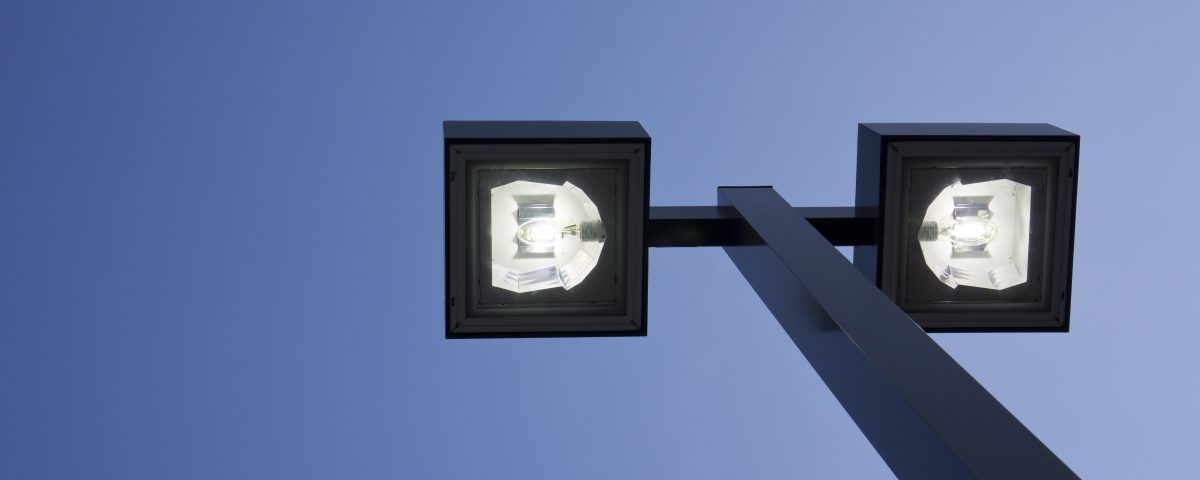In the latest report of the US National Electrical Manufacturers Association (NEMA) released in February this year, indexes for linear fluorescent lamp shipments for the third quarter of 2015 plummeted for the seventh consecutive quarter. Fluorescent T12 lamp shipments suffered a 40.4 percent decline compared to the same period in 2014, while shipments for T8 and T5 lamps decreased by 10.9 and 10.6 percent, respectively.
This downward trend in terms of fluorescent lamp shipments in the US began in 2014, around the same time when light-emitting diodes (LEDs) started taking off after reaching a price range that is acceptable at the consumer level. With preference continuously shifting to LED lighting because of its energy-efficiency, among other advantages, this decline is expected to continue in the coming years.
Globally, the market for fluorescent lamps is predicted to drop by 81.17 percent between now and 2020, according to a 2015 report by Global Industry Analysts.
Incandescent light bulbs will experience an even greater decline. With many governments such as US, Canada, Russia and a number of EU member countries rolling out measures that aim to phase out incandescent light bulbs in their respective territories, it’s only a matter of time before these traditional luminaries become obsolete.
As more efficient and environment-friendly lighting alternatives become available, the demand for and usage of traditional lighting will continue to decline, amid a stronger global transition to greener lighting technologies such as LEDs.
LED shipments skyrocket
The same NEMA report said that LED lighting shipments rose by an estimated 237 percent in Q3 2015 compared to those of the same period in 2014. The uptrend can be attributed to higher demand for LED lighting, as well as the increasing adoption of the technology by many industries, including the automotive, medical, and agricultural industries.
Allied Market Research said in a report published in May this year that the global LED market will hit 42.7 billion by 2020, or more than double its 2015 market size. Â Various global initiatives that promote the use of and transition to greener lighting technologies will contribute to this. Some of these initiatives are:
- Global Lighting Challenge (GLC) – This global initiative was launched by the Clean Energy Ministerial in 2015 to promote the use of energy-efficient and environment-friendly lighting. The initiative’s goal is to reach 10 billion in terms of the number of LED replacements all over the world.
- Global LED Consultation Program – Launched by The Climate Group as part of its LED Scale-up project, the initiative aims to identify and address hindrances to LED adoption for a smoother transition to LED lighting.
- Leadership in Energy and Environmental Design (LEED) – The LEED Certification Program is created to help architects, engineers, construction companies and building owners be environmentally aware of the impact of their buildings on the environment.
The decline in global demand for traditional lighting and the shift to LEDs by consumers indicate that the world is responding to the massive benefits of LED lighting. The existence of initiatives like the GLC and LEED is proof of the overwhelming support for the transition to LEDs, urging private and public sectors all over the world to take part.
Do you want to join the rest of the world in transitioning to greener lighting technologies such as LEDs? Look no further than MatrixLED. Our wide range of LED lighting products and solutions can suit different office, industrial, and public lighting needs. Visit MatrixLED to learn more about our products. You can also visit our Contact Us page and schedule a free consultation today.





